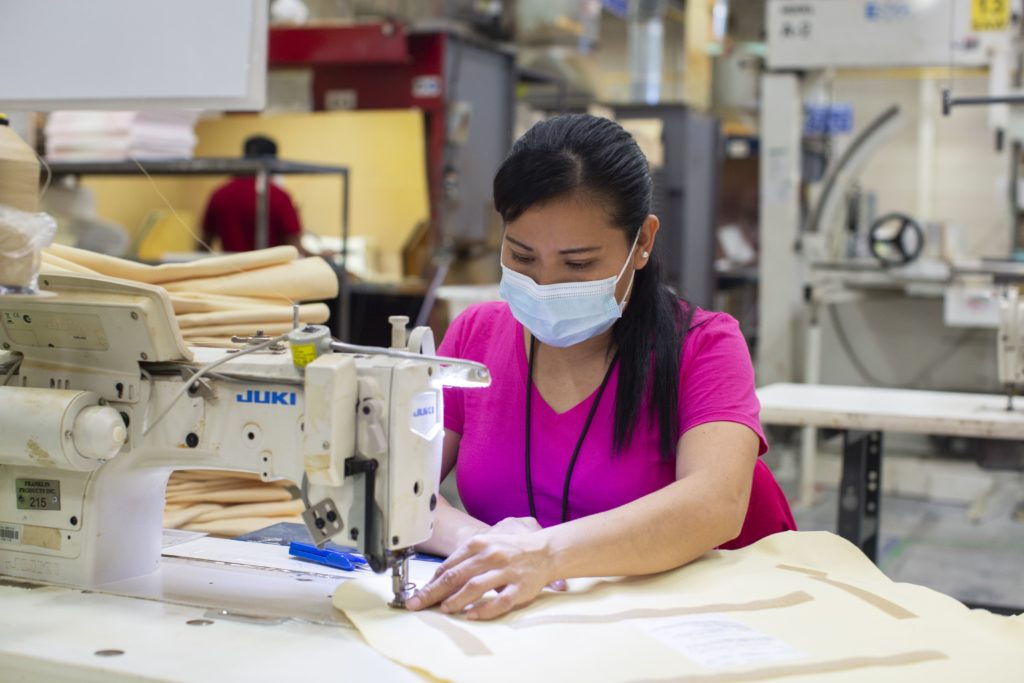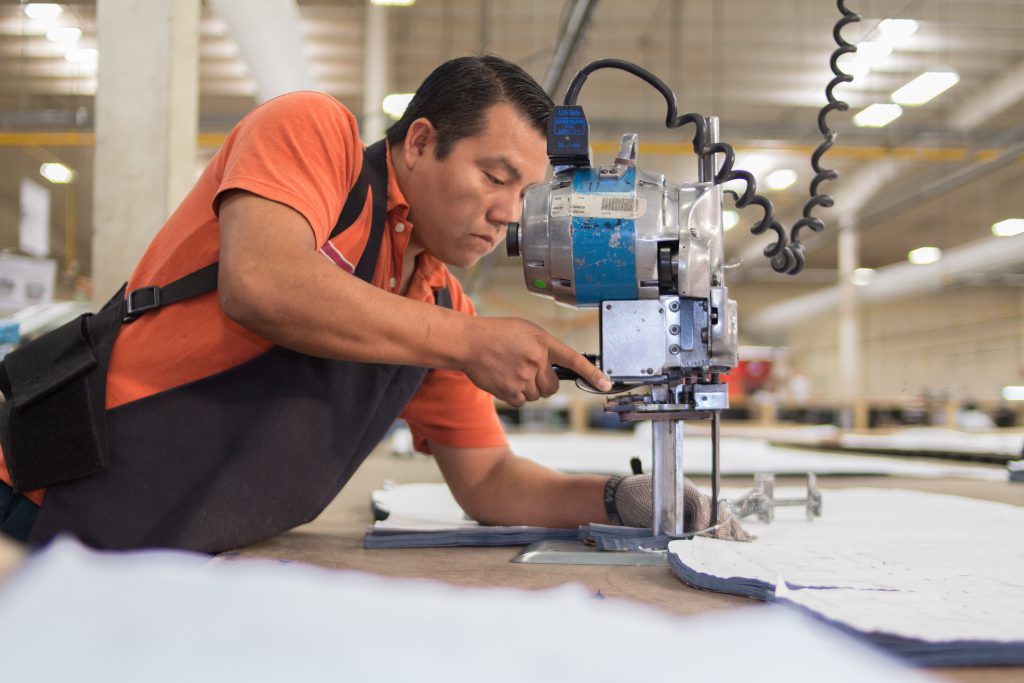
Manufacturing in Mexico vs. China
Reshoring manufacturing in Mexico vs. China has many advantages. We at NovaLink believe manufacturing in Mexico is the best option for cost and quality.
The Benefits of Manufacturing in Mexico vs. China
Reshoring manufacturing in Mexico vs. China has many advantages. We at NovaLink believe that full service manufacturing in Mexico is the best option for cost, quality, productivity, and delivery. You may consider moving your production out of China and into a different country like the US or Mexico if you are currently manufacturing your products in China but find that the tariffs imposed by the United States are affecting your bottom line. It is always a challenge to move production from one location to another, especially when the locations are across the Pacific.
Moving your manufacturing out of China has a lot of details you’ve got to keep in mind, and not paying attention to those details could cost you later on. Consider some of the factors you should consider when moving out of China, and some of the best Mexico manufacturing options for your company.

NovaLink Manufacturing Facility Video
NovaLink has released a new video highlighting the versatility of their manufacturing facility in Matamoros, Mexico. In this video, you will be able to see the factory and its associates in action. The video, which was filmed on the floor of the manufacturing facility, illustrates the variety of manufacturing operations and the wide range of skills represented by the workforce. As well as demonstrating NovaLink's commitment to first class manufacturing, the video also emphasizes its commitment to safety protocols for the health of its workers and clients.
Why Are Companies Moving Manufacturing out of China?
Manufacturing is a major industry in China, as we know. A third of supply chain leaders plan to move manufacturing out of China by 2023, according to Gartner research. Here’s why so many companies are moving out:
- Companies learned from the recent Covid-19 pandemic that they cannot rely on just one supplier. Meanwhile, governments across the globe are trying to get companies out of China. Many companies are considering Mexico as a potential location.
- In 2018, the United States imposed tariffs of 25% on Chinese goods. Importing goods from China into the US was therefore very expensive
- Three or four decades ago, Chinese labor was one of the cheapest in the world. In recent years, it has greatly increased to $14000/year, which is a huge increase. Manufacturing in China has become more expensive.
Is It Cheaper to Manufacture in Mexico Than China?
We analyzed hundreds of news articles and websites to answer the question: Is it cheaper to manufacture in Mexico than in China? We uncovered some interesting findings that may change how you view manufacturing in China compared to Mexico.
Made in China Myths
Select any of the facts to learn the truth about manufacturing in China.
Are Chinese Facilities Cheaper?
The cost of facilities in China has gotten so high that a Chinese company opened an industrial park in Mexico instead of China.
Is Chinese Labor is Cheaper?
According to Boston Consulting Group, workers in Mexico's manufacturing sector made 60% more than their Chinese counterparts in 2000. Now they earn 11% less.
Is Chinese Labor is More Productive?
"Mexico has continued to stay more productive than China per worker,” Justin Rose, a partner at Boston Consulting Group in Chicago, told Quartz. “Sometime in 2011 or 2012, from a labor-cost perspective, it became cheaper to put manufacturing capacity in Mexico than in China.”
Our Manufacturing Process is Easy
Our team at NovaLink has the process of setting up manufacturing in Mexico down to a science. Whether you’re a big company or a startup, NovaLink can handle the process, consulting for supply chain, software, facilities, and manpower to get your business up and running fast and efficiently.

What Do We Manufacture?
Currently NovaLink manufactures everything from aircraft seating, activewear, fire extinguishers, wire harnesses, patio furniture and water meters, among others. The company has facilities in the border cities of Brownsville, Texas and Matamoros, Tamaulipas, Mexico. NovaLink’s near-shore contract manufacturing services and highly-skilled workforce are the ideal solution for all companies looking to reduce costs associated with manufacturing from large, blue-chip corporations with brand name labels to the small and medium-sized companies that have limited financial and human resources to effect a near-shore or offshore manufacturing platform.
Are You Ready to Begin Manufacturing in Mexico? Contact Us for a Free Consultation
Contact us and let's start building something!
Use the details to the right to contact NovaLink.
Office
6665 Padre Island Highway
Suite B
Brownsville, Texas 78521
Hours
Mon-Fri: 8am - 5pm